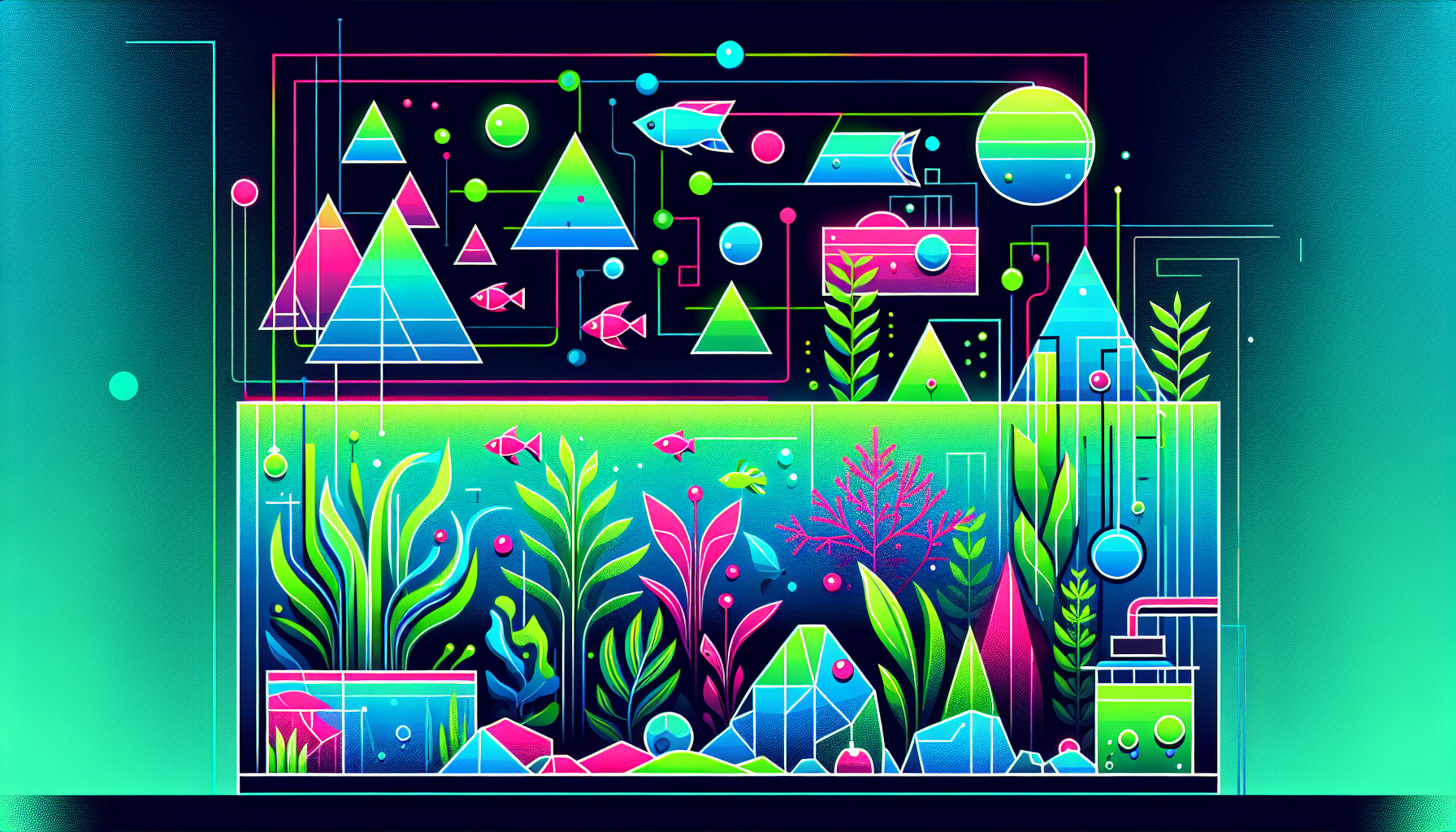The Ultimate Guide to Aquascaping for Beginners: Step-by-Step Setup, Plants, and Fish
Ready to transform your aquarium into a living work of art? Aquascaping combines creativity, nature, and peaceful design, making it a rewarding hobby for aquarium enthusiasts of all levels. Whether you’re dreaming of lush underwater forests or minimalist rock gardens, this comprehensive guide will help you create and maintain a stunning aquascape from scratch. Let’s dive in!
What Is Aquascaping?
Aquascaping is the art of arranging aquatic plants, rocks, driftwood, and substrate within an aquarium to create beautiful underwater landscapes. Popular aquascaping styles include the Nature Aquarium style, Iwagumi, Dutch, and Jungle layouts. Each style offers unique aesthetics, but all share the goal of mimicking natural habitats for aquatic life.
Step 1: Planning Your Aquascape
Choose Your Aquascaping Style
- Nature Aquarium: Emulates natural landscapes with rocks, wood, and varied planting.
- Iwagumi: Minimalist rock-focused designs using a specific stone arrangement.
- Dutch Style: Lush, high-density plantings arranged for color and height contrast.
- Jungle Style: Dense, wild planting for a “grown-in” look.
Researching aquascape ideas can spark inspiration and guide your setup.
Select the Right Aquarium Size
For beginners, a 10-20 gallon tank is ideal for learning aquascaping techniques and routine aquarium maintenance.
Step 2: Gathering Aquascaping Materials
- Aquarium Tank – Glass or acrylic, with an appropriate size for your space and skill
- Lighting – LED lights are energy-efficient and promote plant growth
- Filtration – Ensures clean, healthy water for fish and plants
- CO2 System (optional) – Boosts growth for demanding aquatic plants
- Substrate – Nutrient-rich aquasoil or sand/gravel
- Hardscape Materials – Choose rocks and driftwood to shape your layout
- Aquatic Plants – Select beginner-friendly plants (see next section)
- Fish & Shrimp – Add compatible aquatic life after cycling your tank
Step 3: Setting Up Your Aquascape
1. Add the Substrate
Layer the bottom of your tank with nutrient-rich substrate. Slope the substrate higher at the back to create depth and perspective.
2. Arrange the Hardscape
Position rocks and driftwood using the “golden ratio” or rule of thirds for a natural look. Avoid placing objects symmetrically—they rarely occur in nature!
3. Plant Your Aquatic Plants
Start with easy, robust species to build confidence. Place taller background plants at the back and shorter carpeting plants up front. Use aquascaping tweezers for precise placement.
4. Fill the Aquarium
Slowly fill your tank with dechlorinated water to minimize disturbance. Submerge plants gently to prevent them from floating up.
5. Install Equipment
Add your filter, heater, lighting system, and CO2 setup (if using). Set timers for consistent lighting (8-10 hours/day).
Step 4: Choosing Aquascaping Plants for Beginners
Starting with beginner-friendly aquatic plants improves your success rate and reduces maintenance. Great choices include:
- Anubias – Hardy, slow-growing, attach to rocks or wood
- Java Fern – Shade-tolerant, thrives when tied to hardscape
- Cryptocoryne – Varied shapes, low light requirements
- Java Moss – Excellent for covering rocks and driftwood
- Amazon Sword – Fast-growing centerpiece plant
- Dwarf Sagittaria – Forms a lush foreground carpet
Learn more about the best aquarium plants for aquascaping in our dedicated guide.
Step 5: Introducing Fish and Invertebrates
Add aquatic life only after your tank has completed the nitrogen cycle (usually 4-6 weeks). Popular fish and shrimp for aquascapes:
- Neon Tetras
- Ember Tetras
- Otocinclus Catfish
- Cherry Shrimp
- Amano Shrimp
- Snails (Nerite, Mystery)
Always research tank mates and stocking levels for compatibility and balance.
Step 6: Maintaining Your Aquascape
Essential Maintenance Tasks
- Weekly partial water changes (20-30%)
- Trim and replant aquatic plants as needed
- Clean algae from glass and equipment
- Monitor water parameters (ammonia, nitrites, nitrates, pH)
- Feed fish and shrimp sparingly to maintain water quality
Find more detailed aquascape maintenance tips here.
Common Aquascaping Mistakes to Avoid
- Overcrowding plants or fish
- Adding fish before cycling your tank
- Using non-aquarium-safe wood or stones
- Neglecting regular maintenance
Final Thoughts: Start Your Aquascaping Adventure!
With the right planning, materials, and care, anyone can learn aquascaping and create a thriving aquatic ecosystem. Experiment, observe, and adjust your setup as you gain experience—your underwater landscape will reward you with beauty and serenity.
Ready to dive deeper? Explore our aquascaping guides for more inspiration, plant lists, fish care tips, and advanced techniques!
Join the Aquascaping Community
Share your aquascape journey, ask questions, and connect with fellow hobbyists in the Aquascaping Academy Forum. Happy aquascaping!



